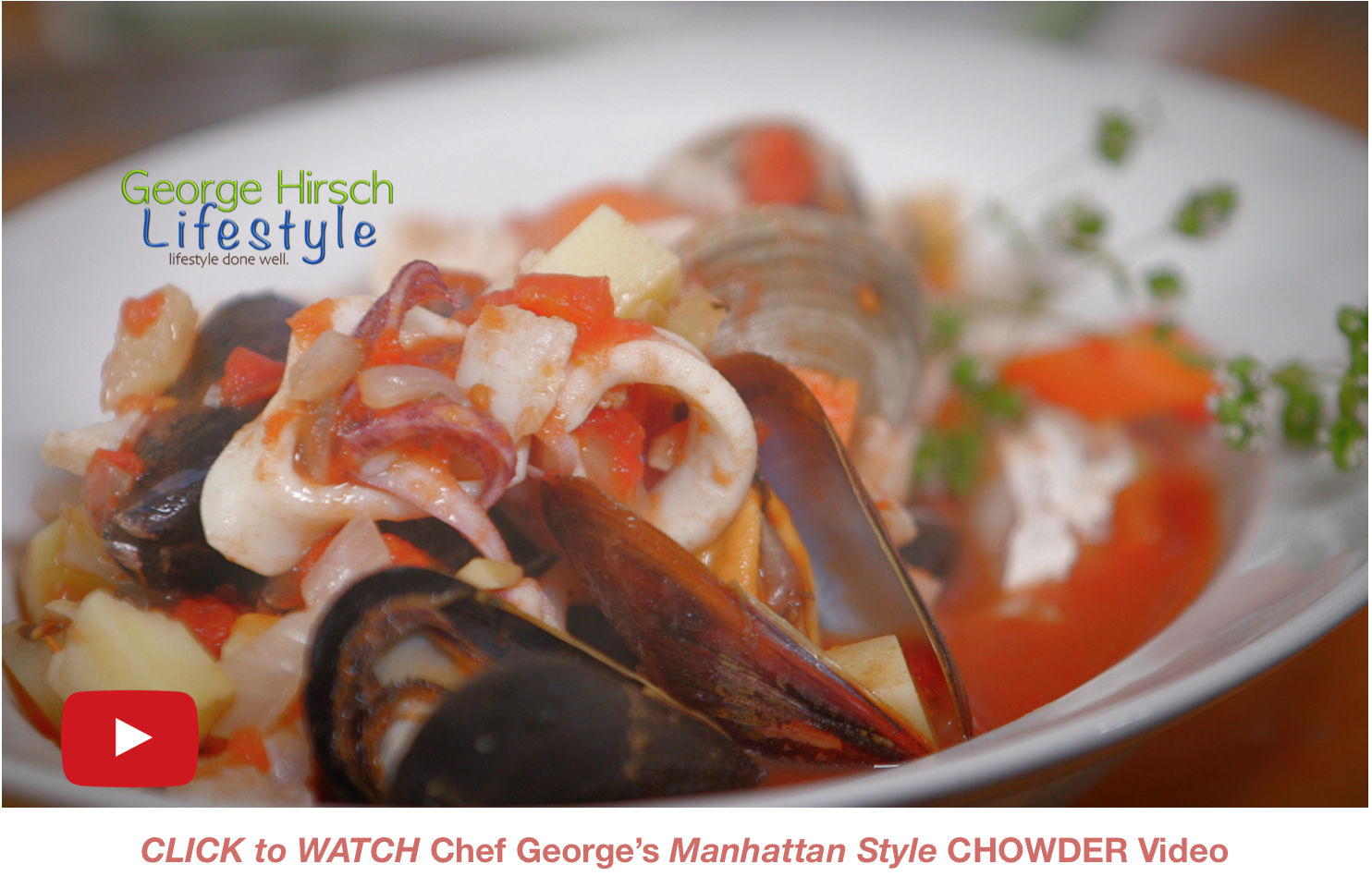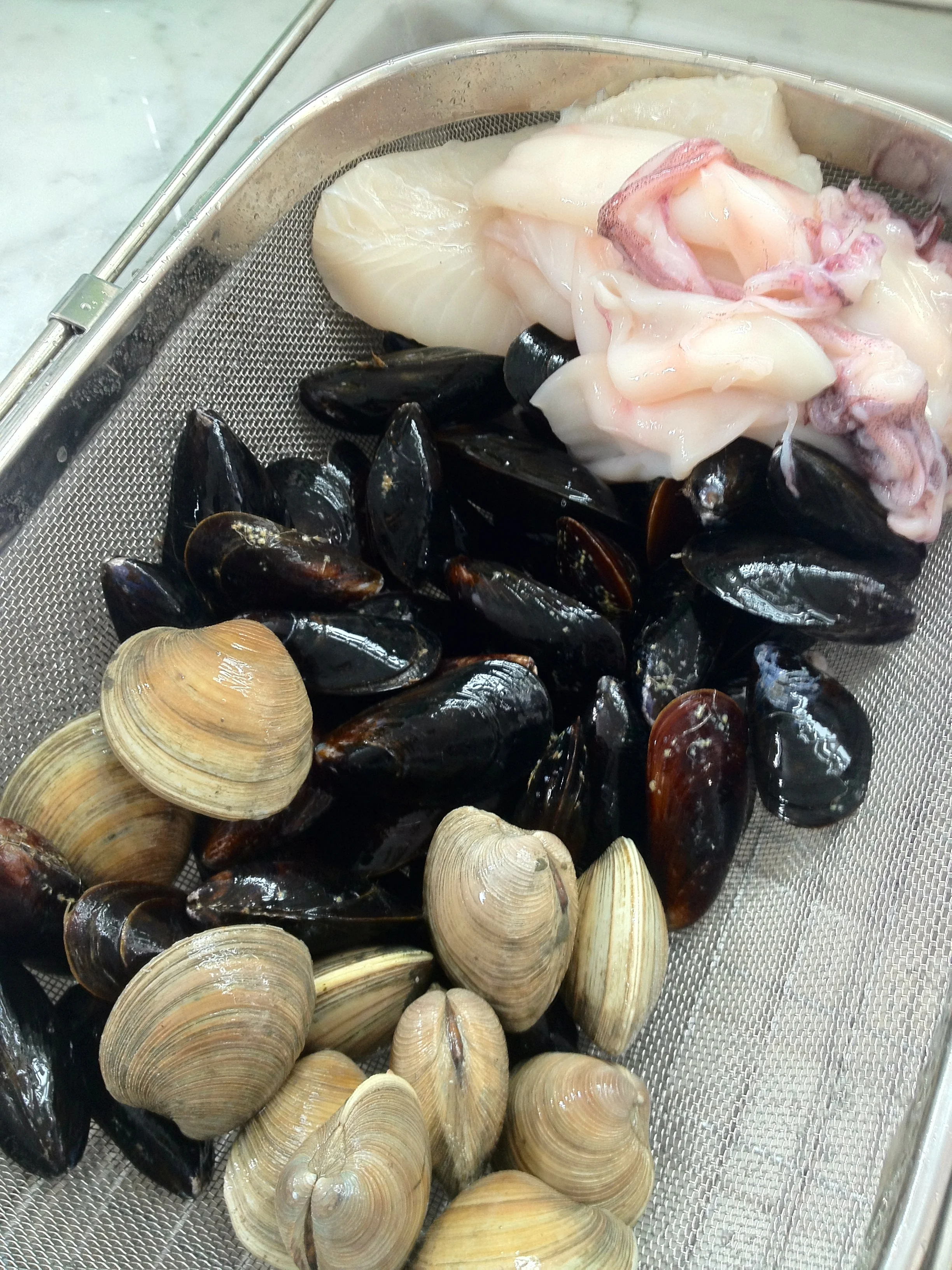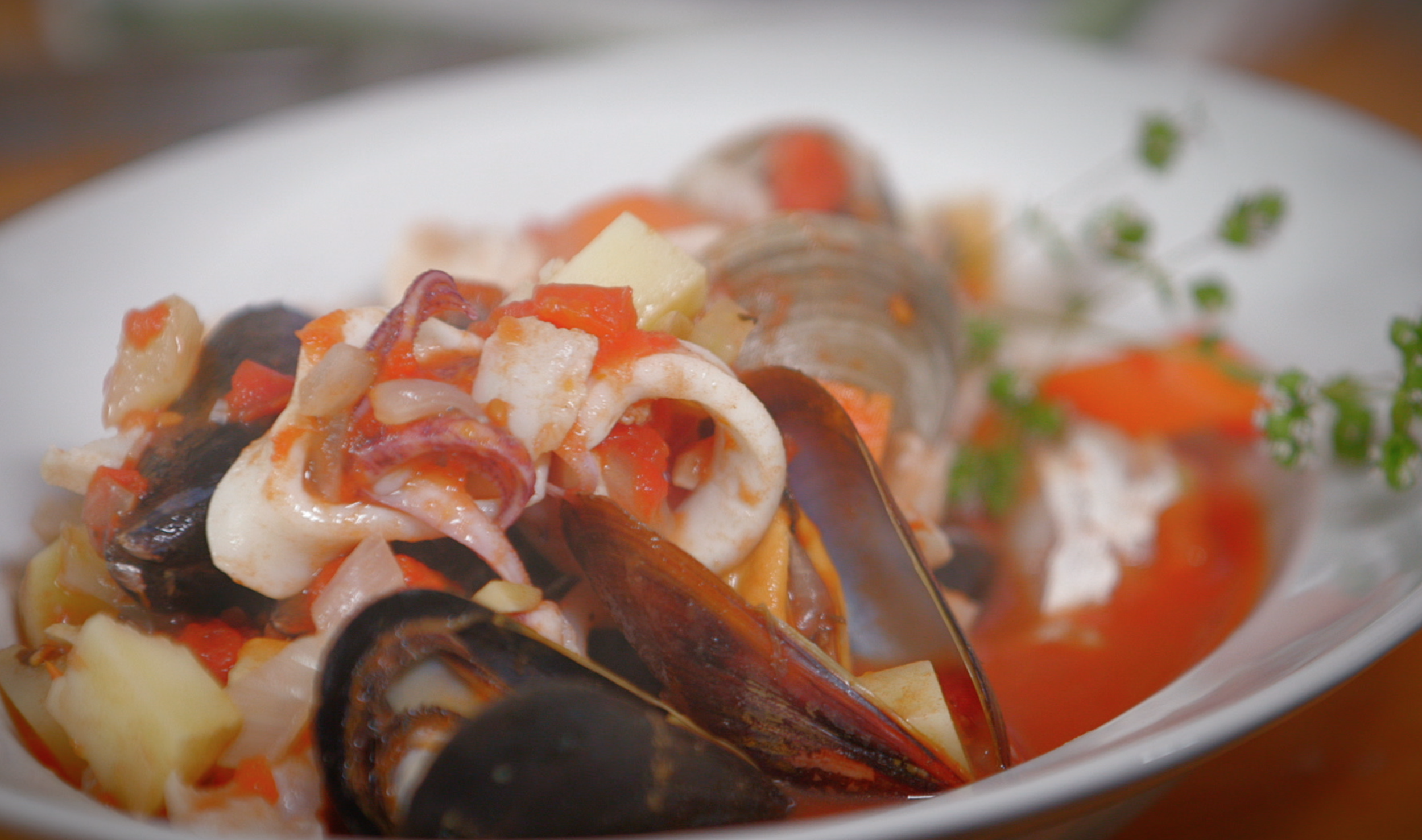If there is one thing I have learned as a chef, there are many chowder recipes as there are people who enjoy this soup, err…I mean stew..no I think soup?
Each of my cookbooks and TV series has a version of some sort of a chowder recipe. I have judged chowder contests, participated in chef chowder tastings, and been a referee at a few chowder-boxing matches. Well, not really, but people do get heated up over red or white chowder.
What really is chowder? The word "chowder" comes from the French word chaudiere, or caldron, the vessel in which the dish was cooked. And, derives from the word "jowter," meaning fishmonger, a term that was used in 16th century coastal regions of England.
Is it soup or stew? Early versions of chowder simmered from the New England area: a frugal recipe of pork fat, onions, potatoes, fish, herbs, dry biscuits or flour for thickening, and layered in a pot and cooked in water, with a bit of milk added at the end. In the 1800s, the Manhattan clam chowder was notable because it contains tomatoes. Manhattan clam chowder has been described as "that rather horrendous soup resembling a vegetable soup that accidentally had some clams dumped into it." All respect Mr. Beard, but those are fighting words. As a New Yorker and from coastal Long Island, an East Ender, we take our chowder VERY seriously.
Tomato-based clam chowders came about with the newfound popularity of the tomato in the mid-1800s with the large population of Italians and Portuguese in the New York and Rhode Island region. In 1939, Maine legislators introduced a bill outlawing tomatoes in chowder because it is far more of a vegetable soup. What?
I can end this entire soup divide right now. Aside from any vegetables, corn, chicken or other non-seafarer ingredient for the stew--here are three versions you can enjoy from my TV series and cookbooks. They have satisfied many and with hope can prevent a nation from future chowder conflict.
Manhattan vs. New England Chowder N.E. not my fav..
Seafood Chowder Yes, now this is a stew!








